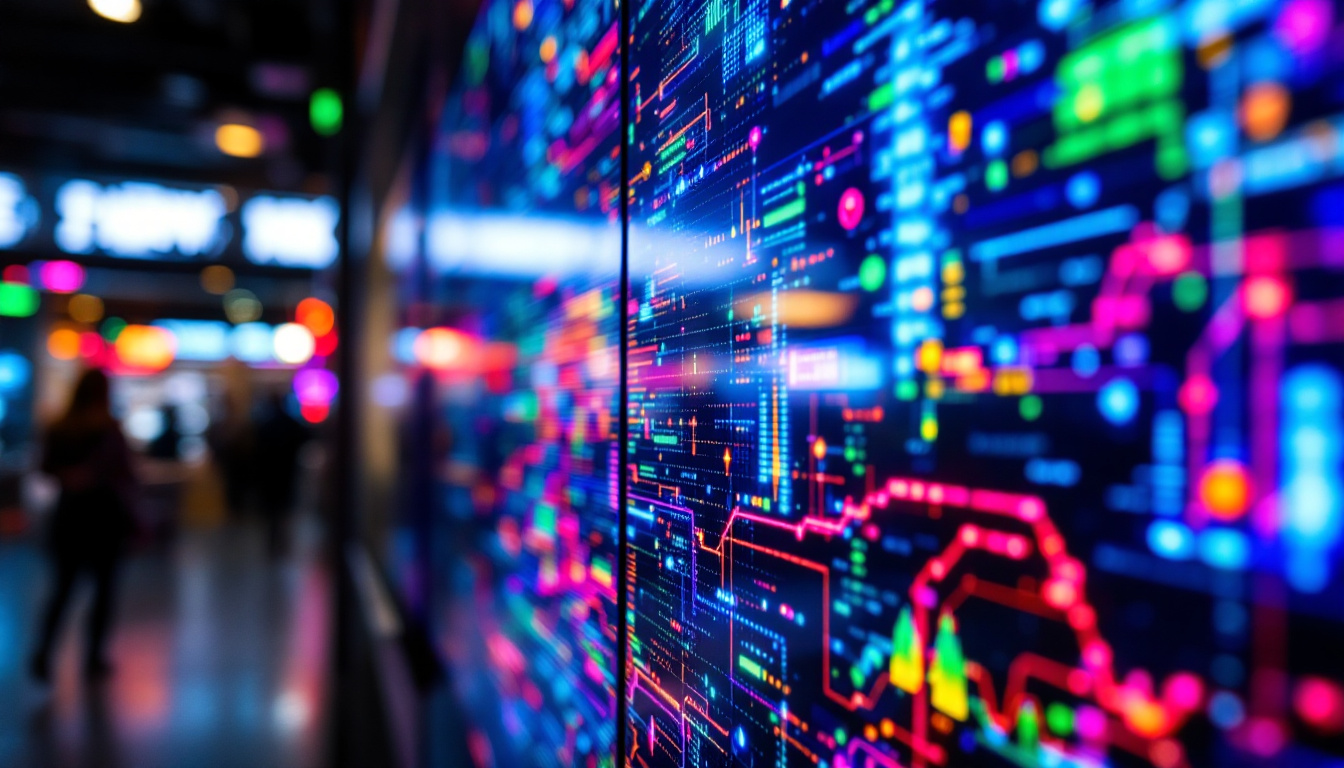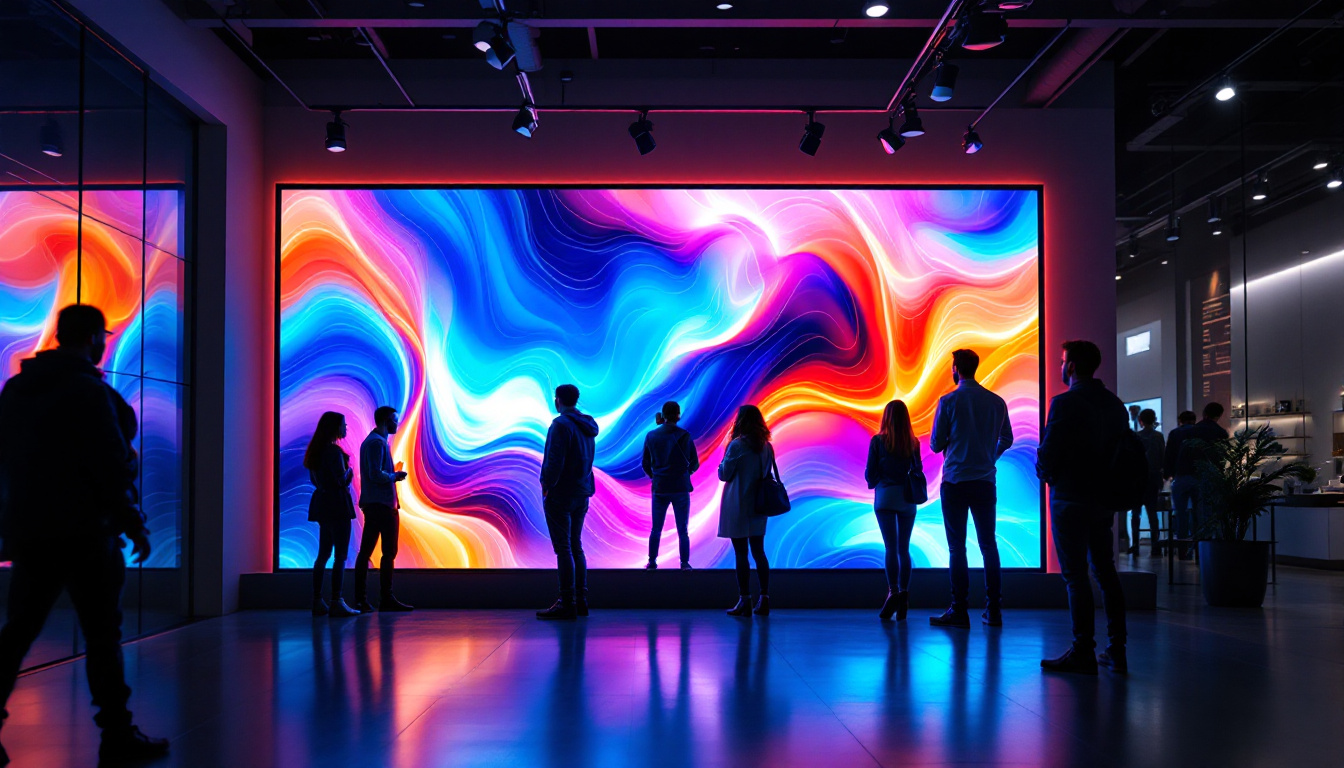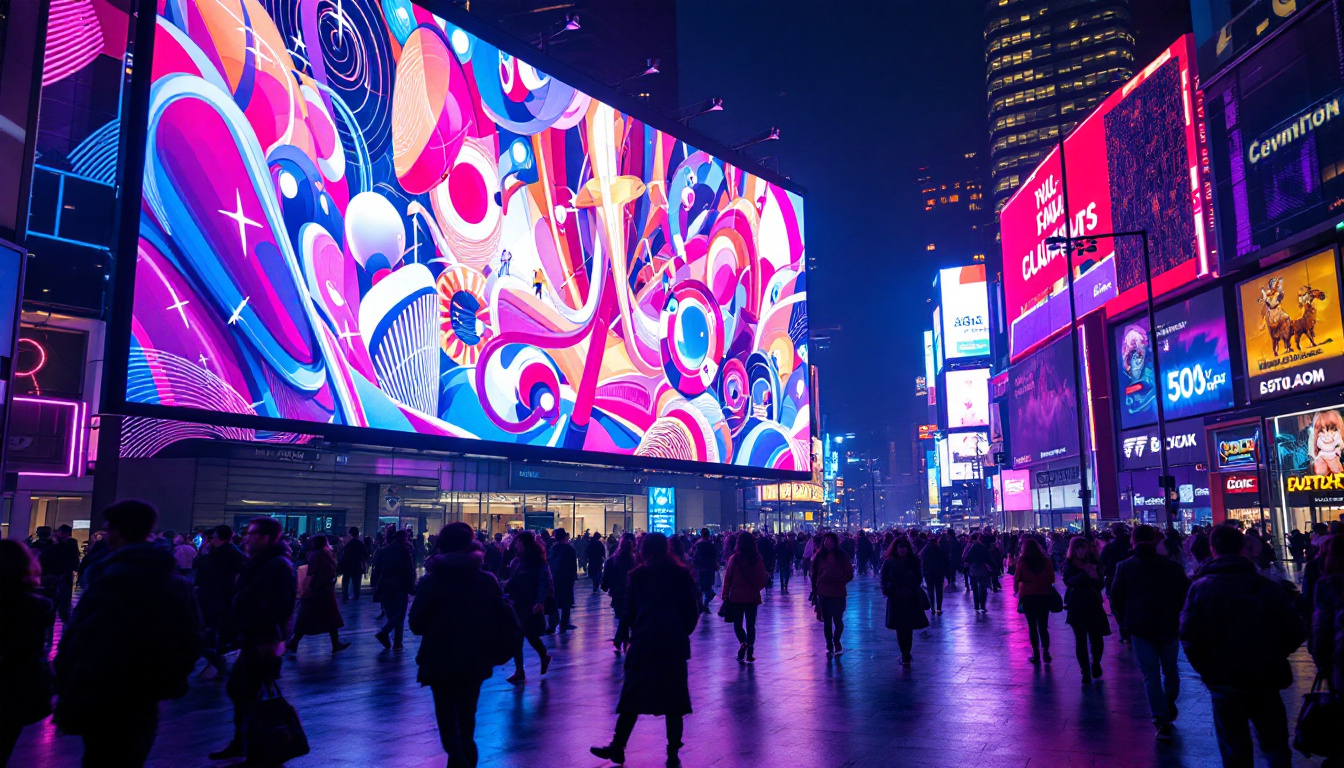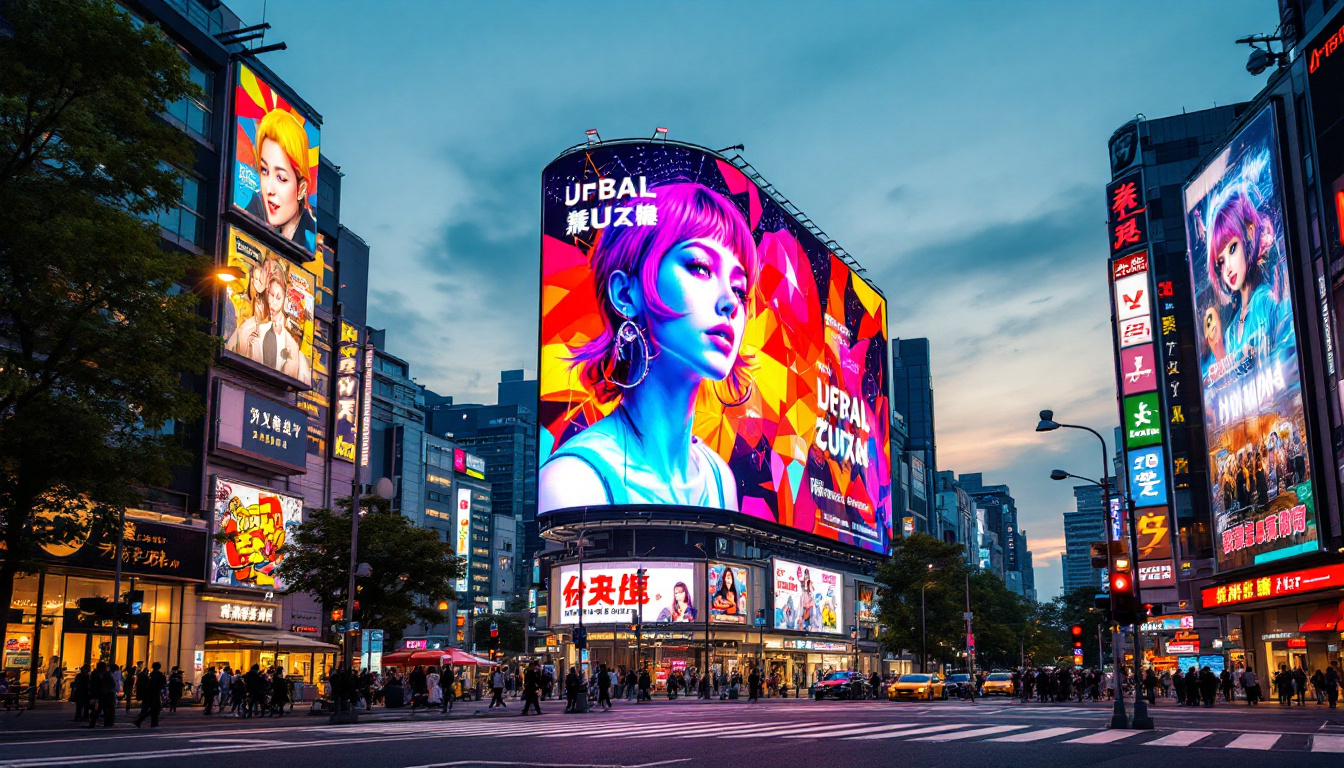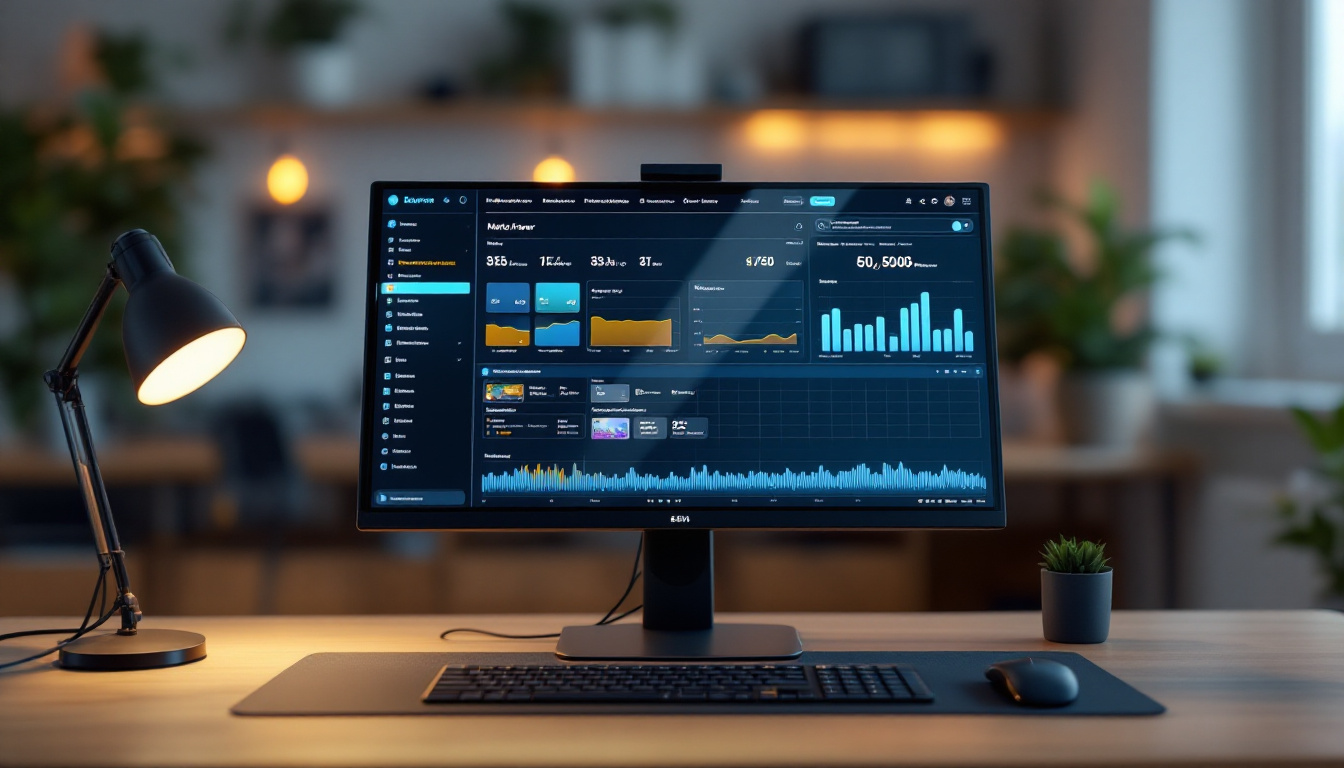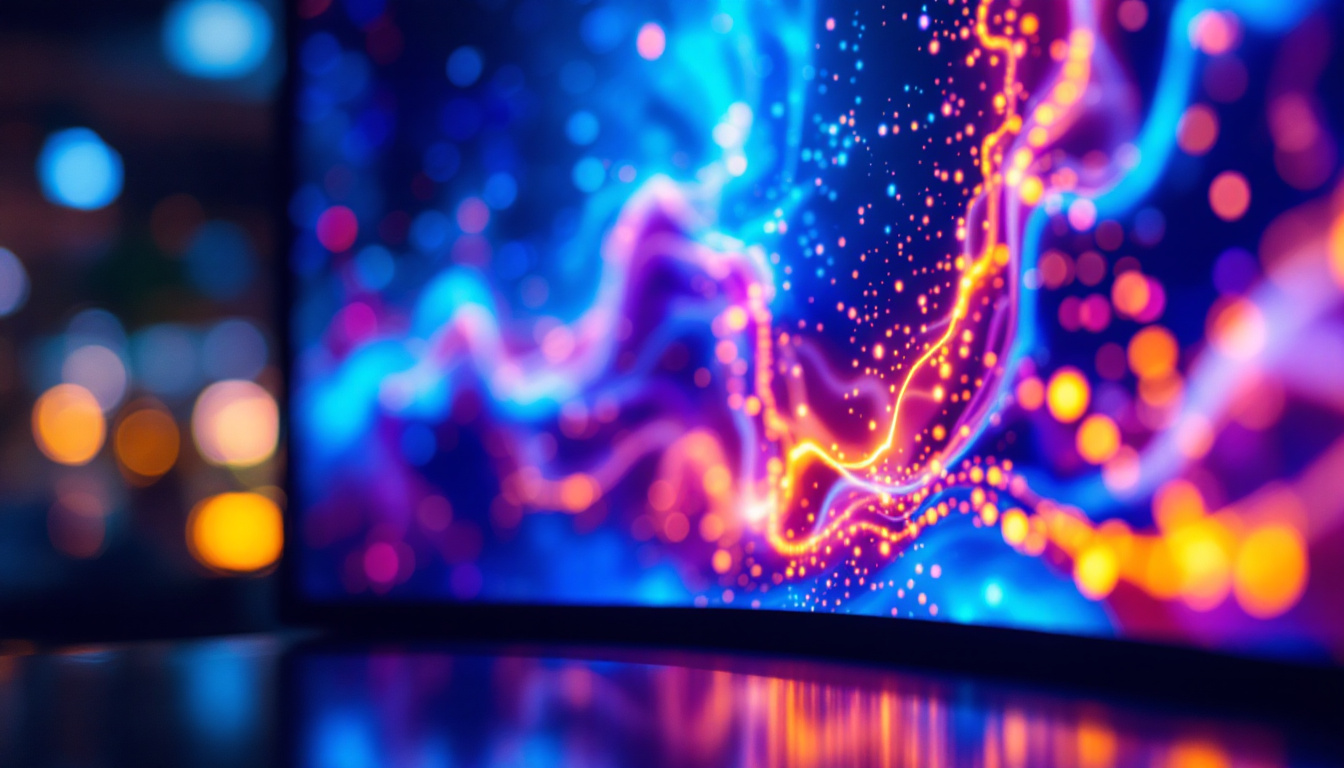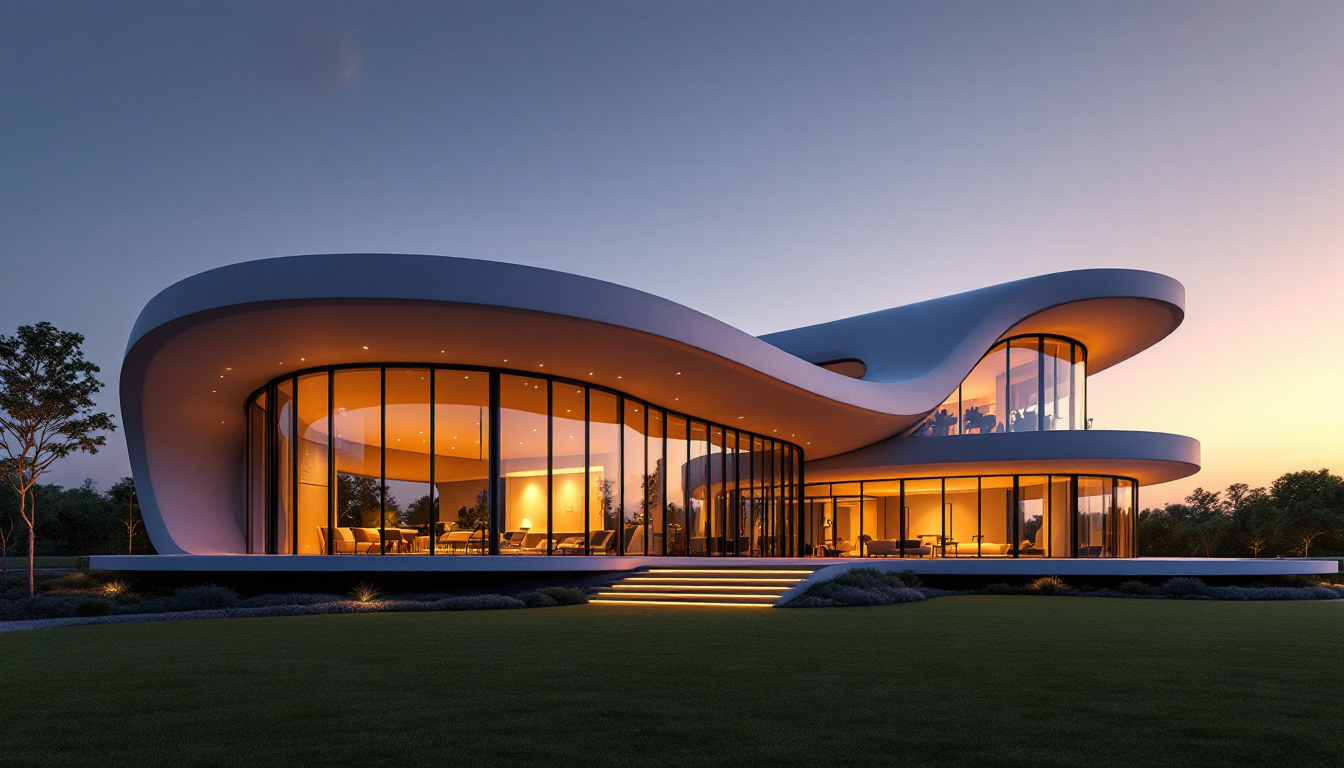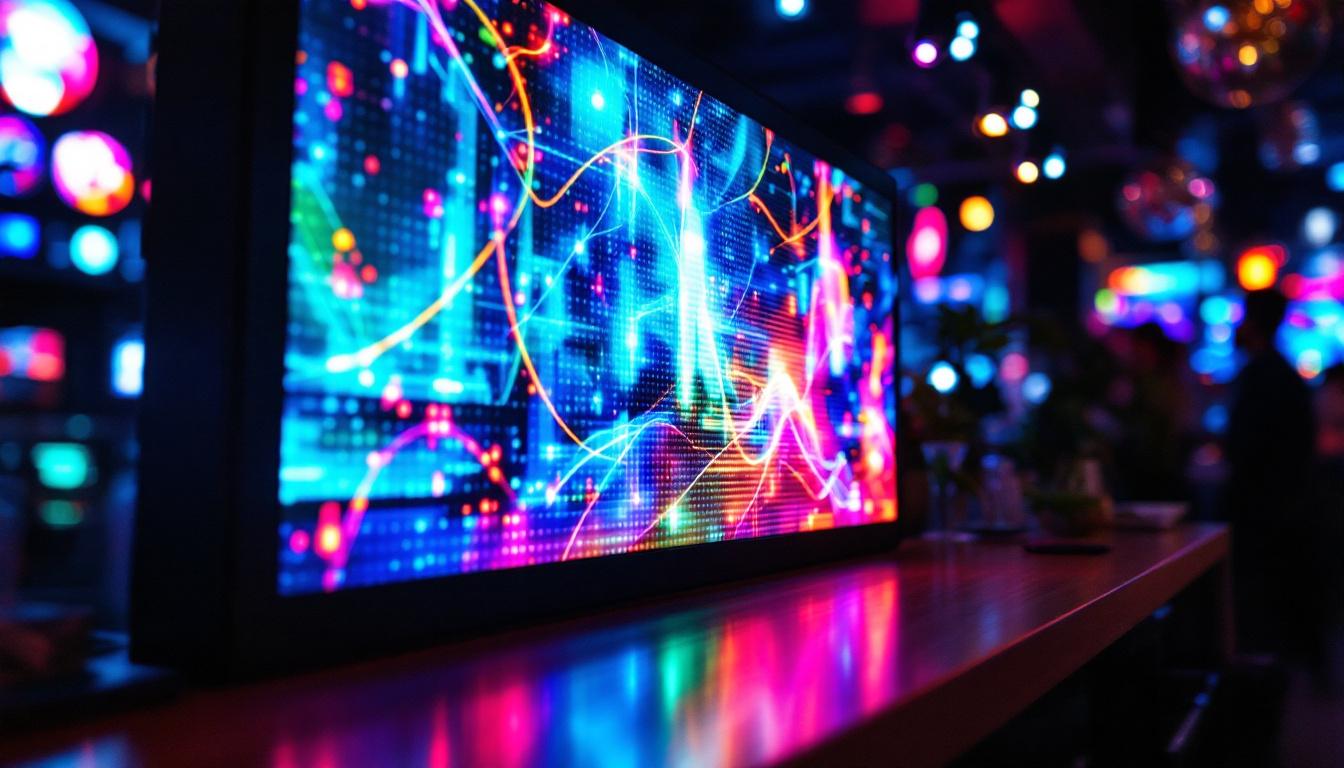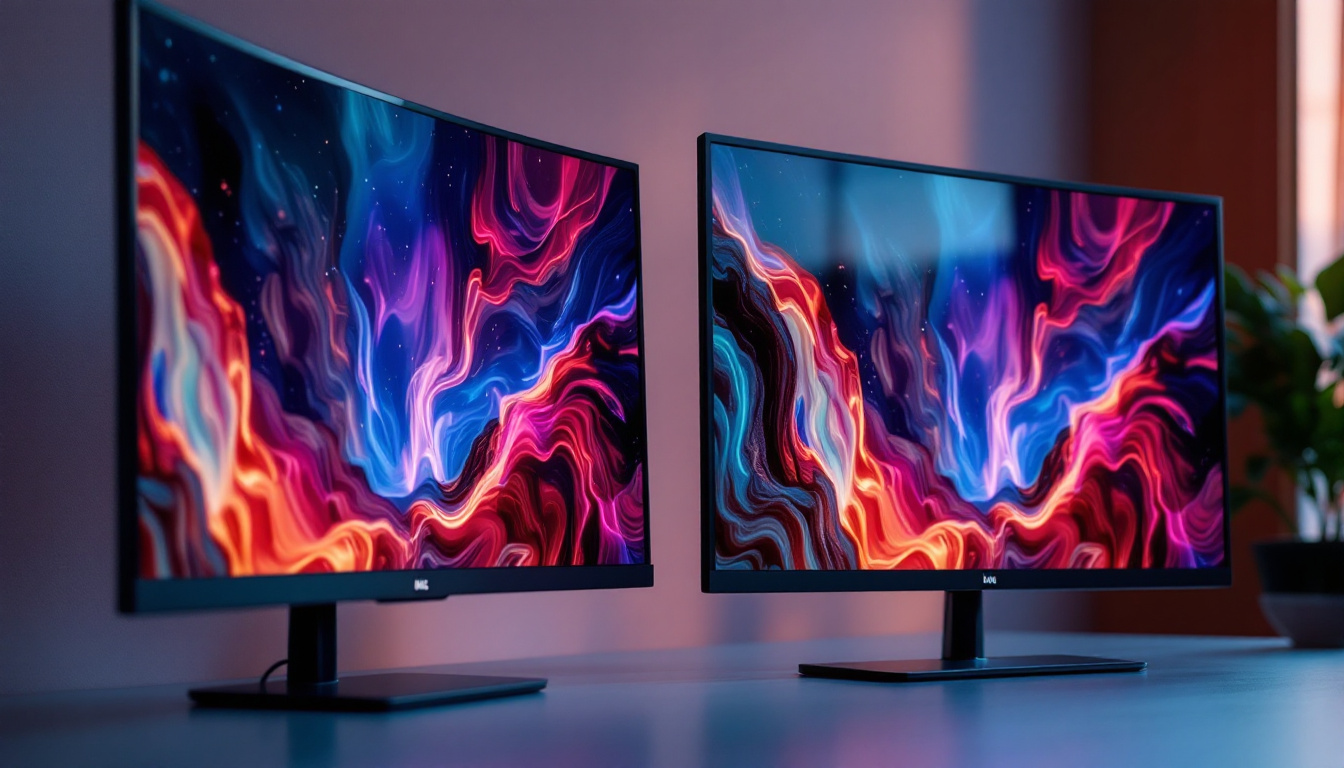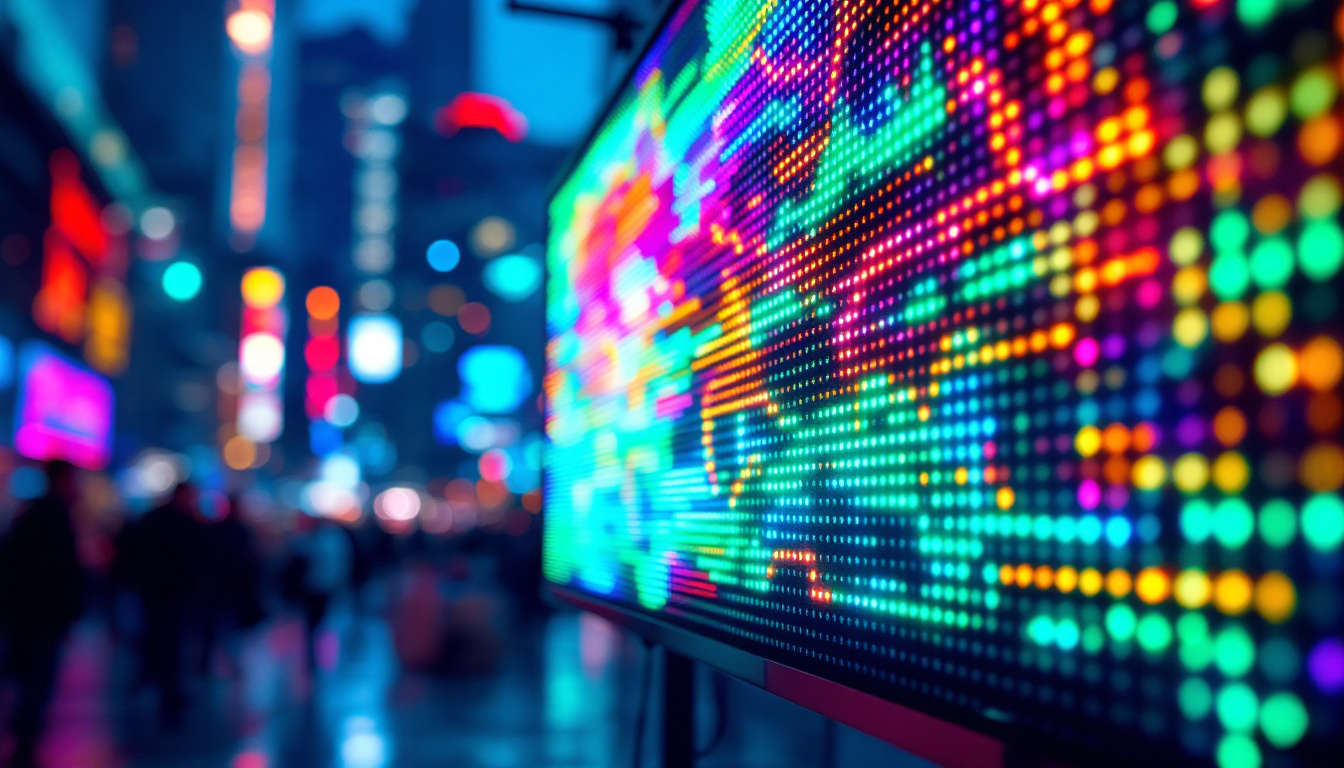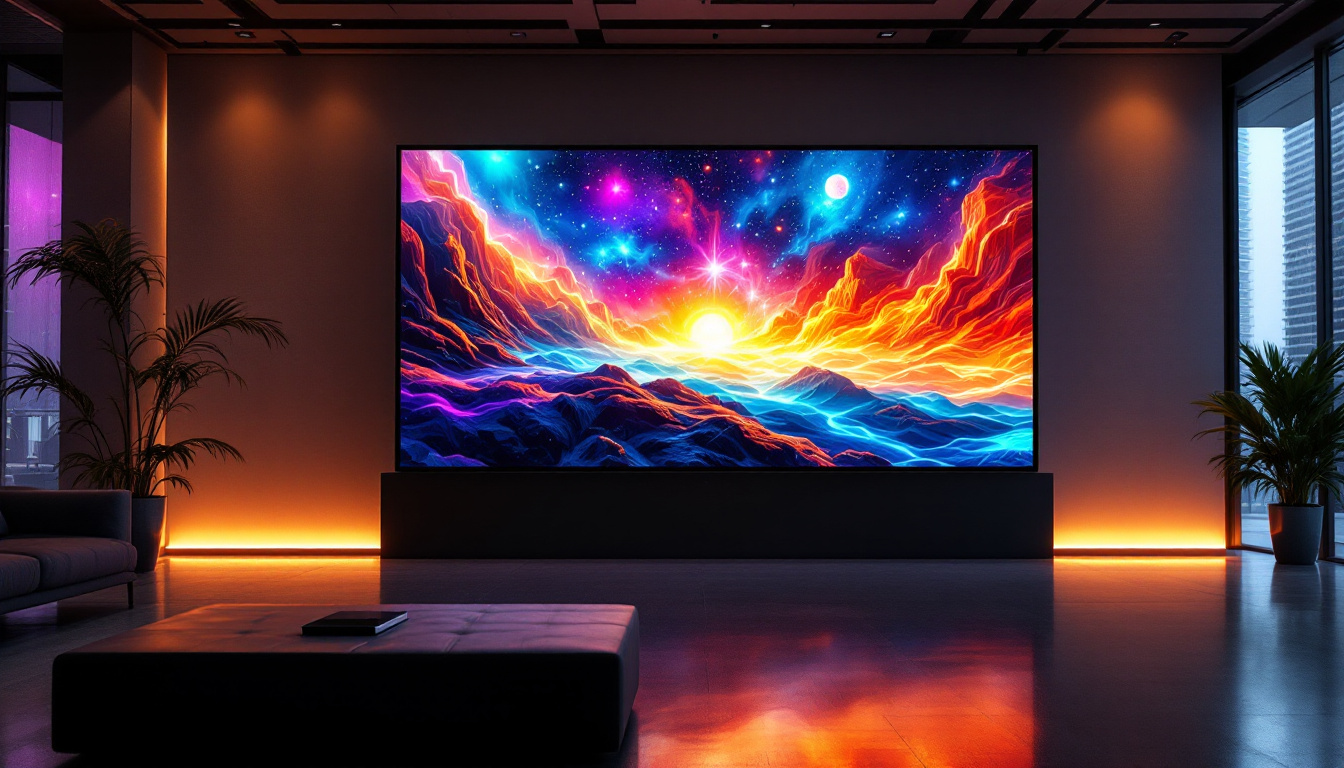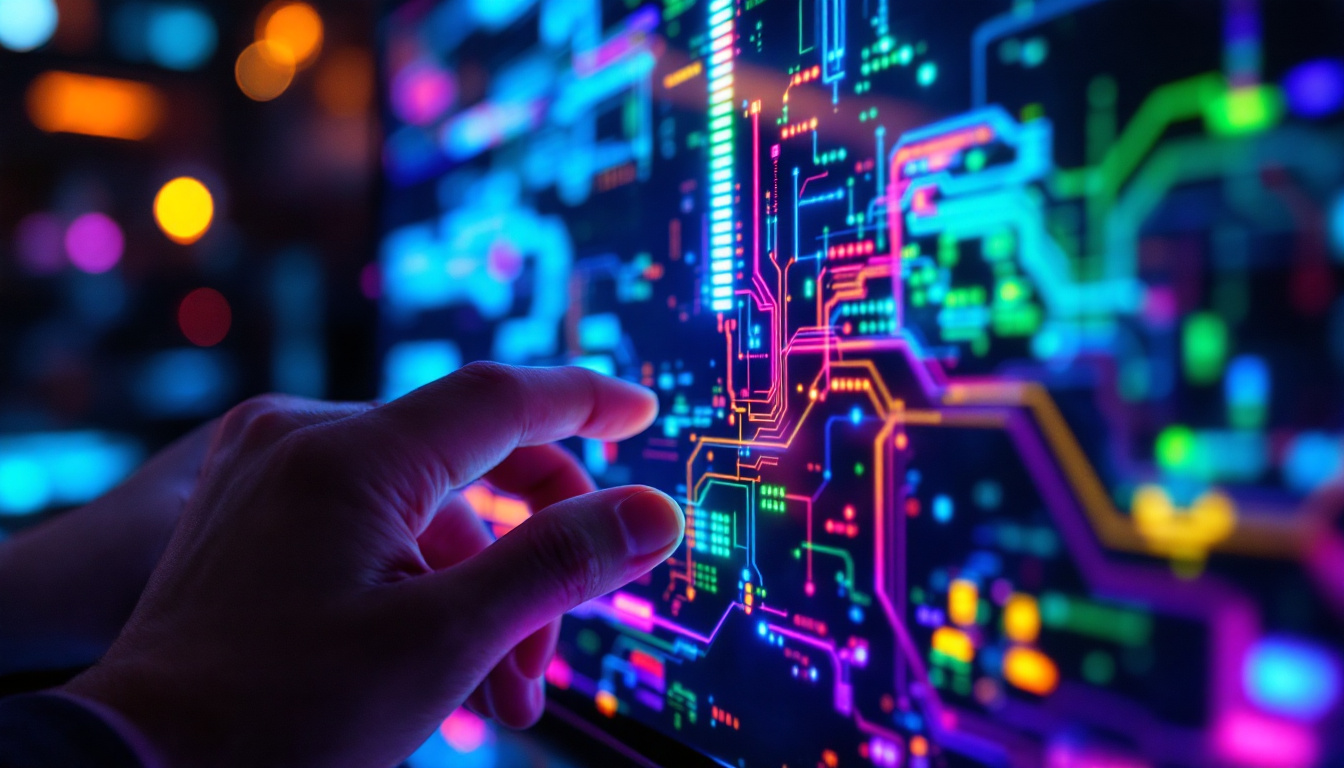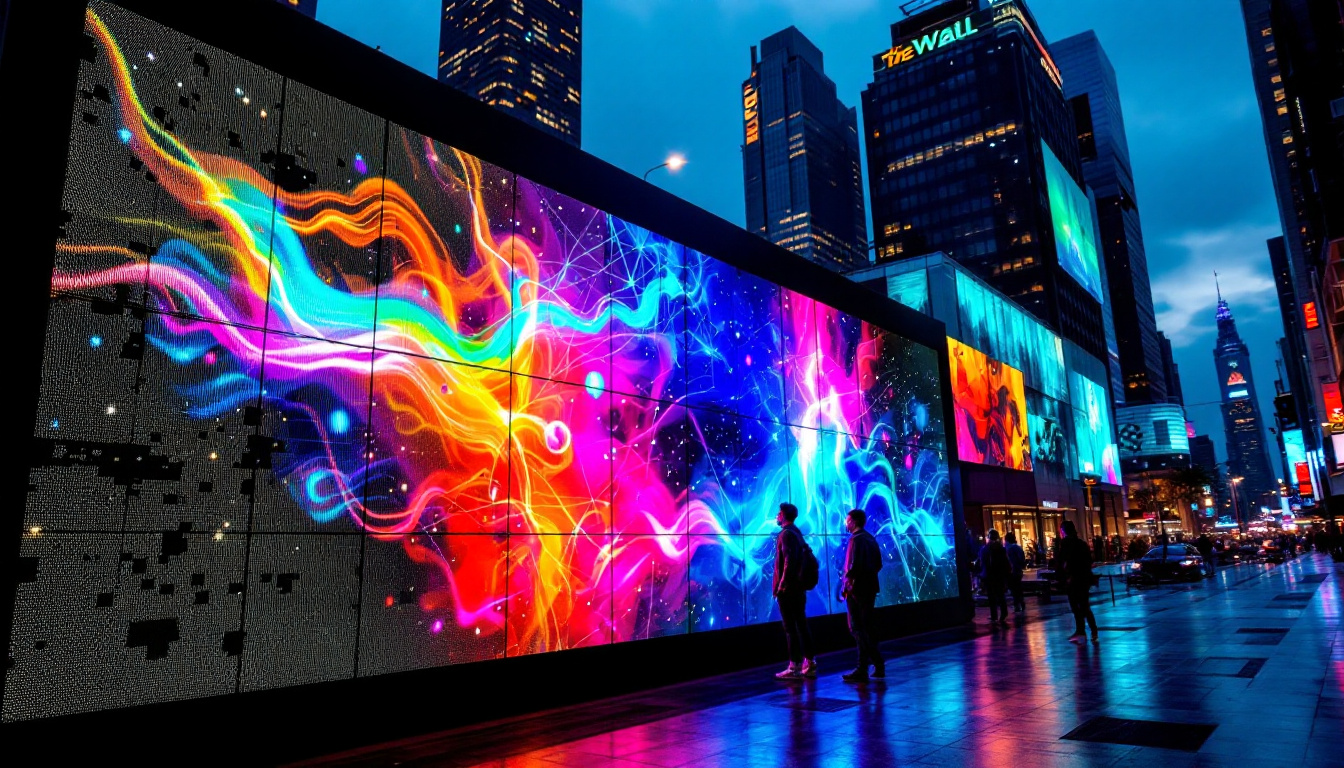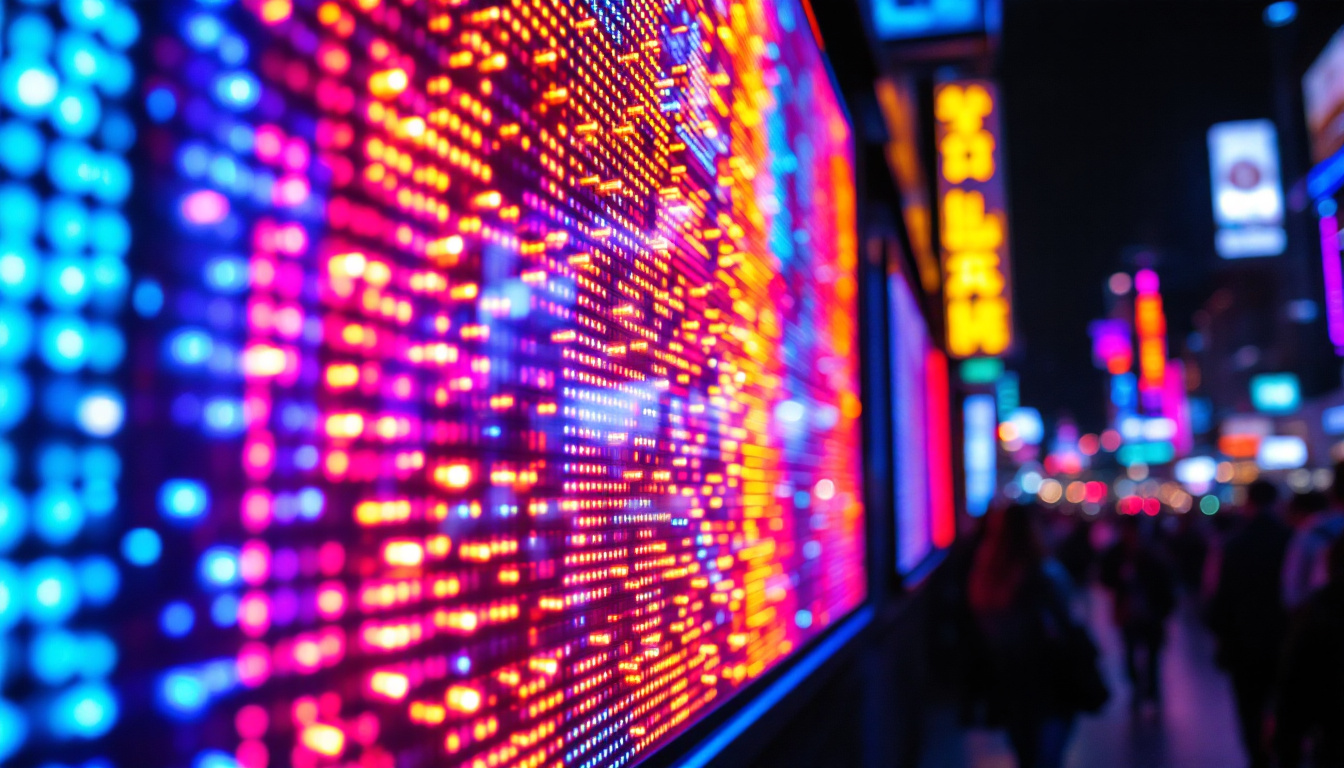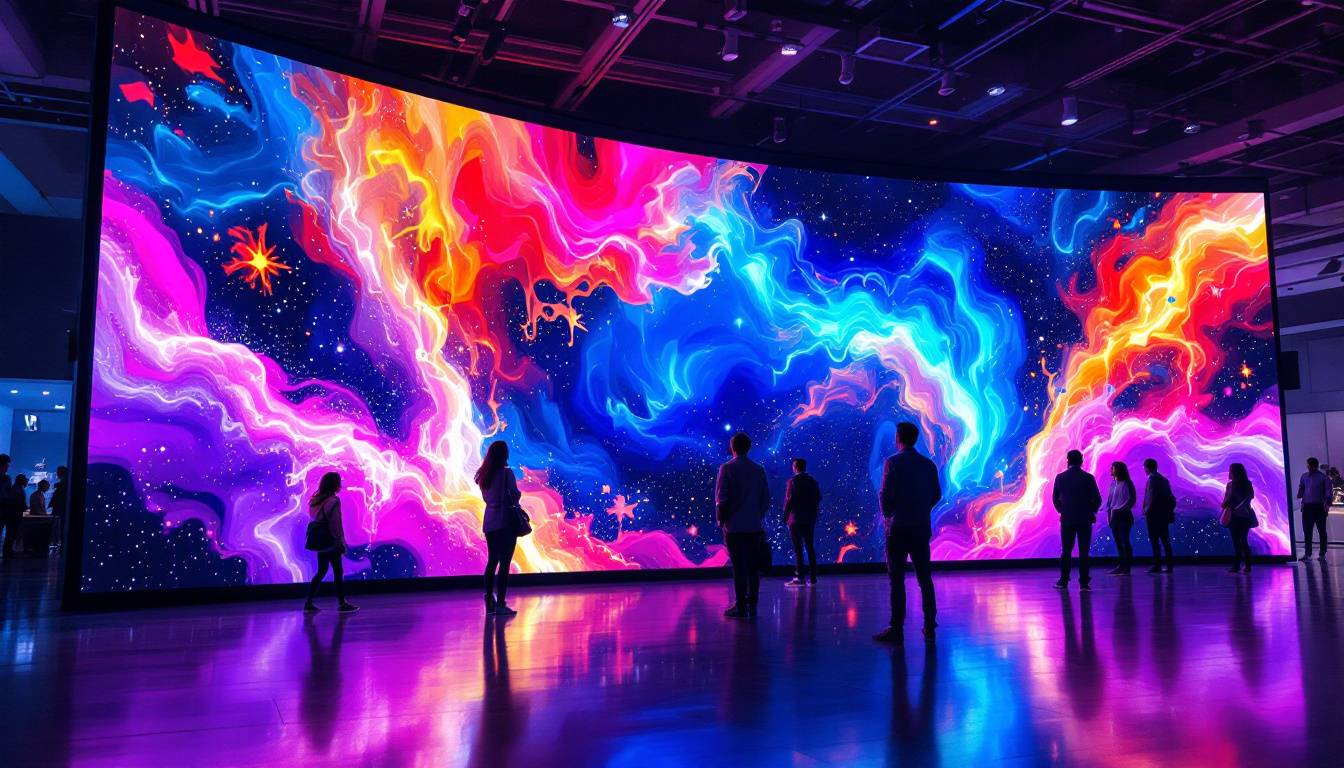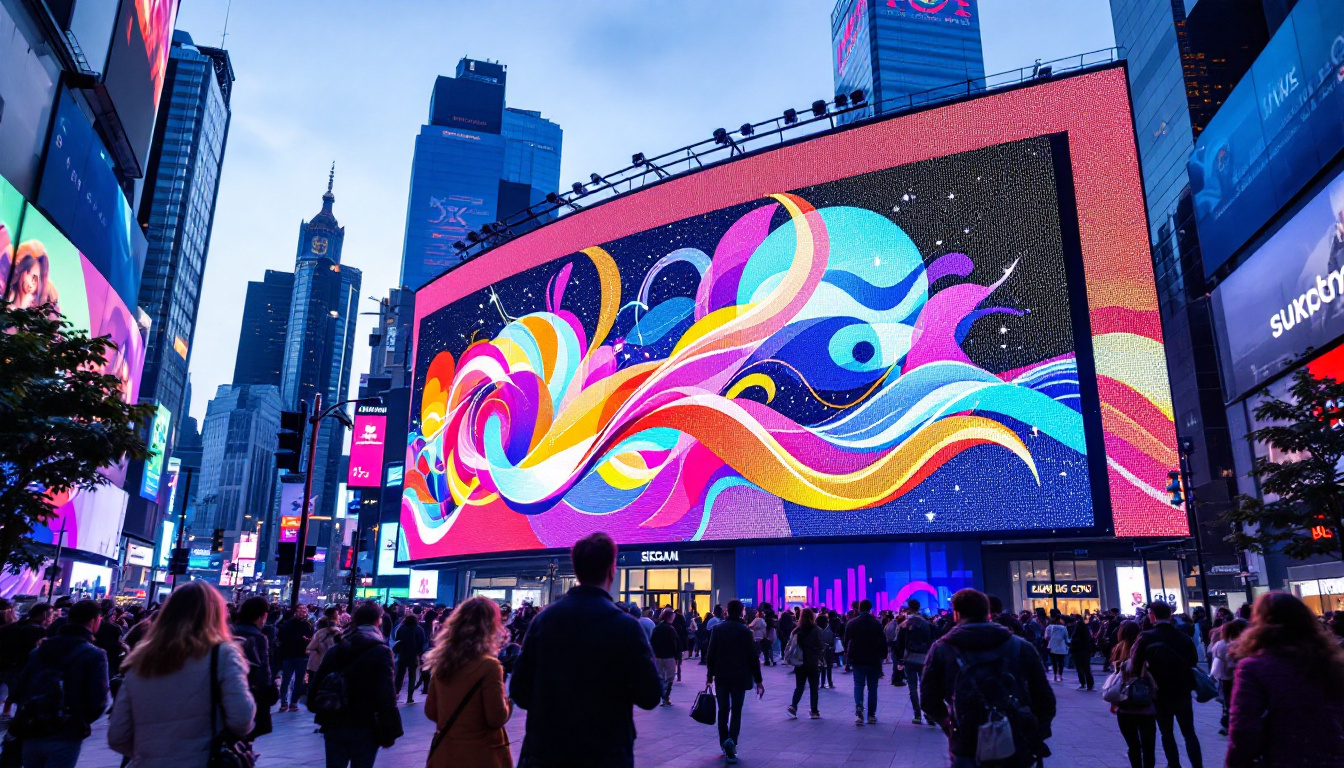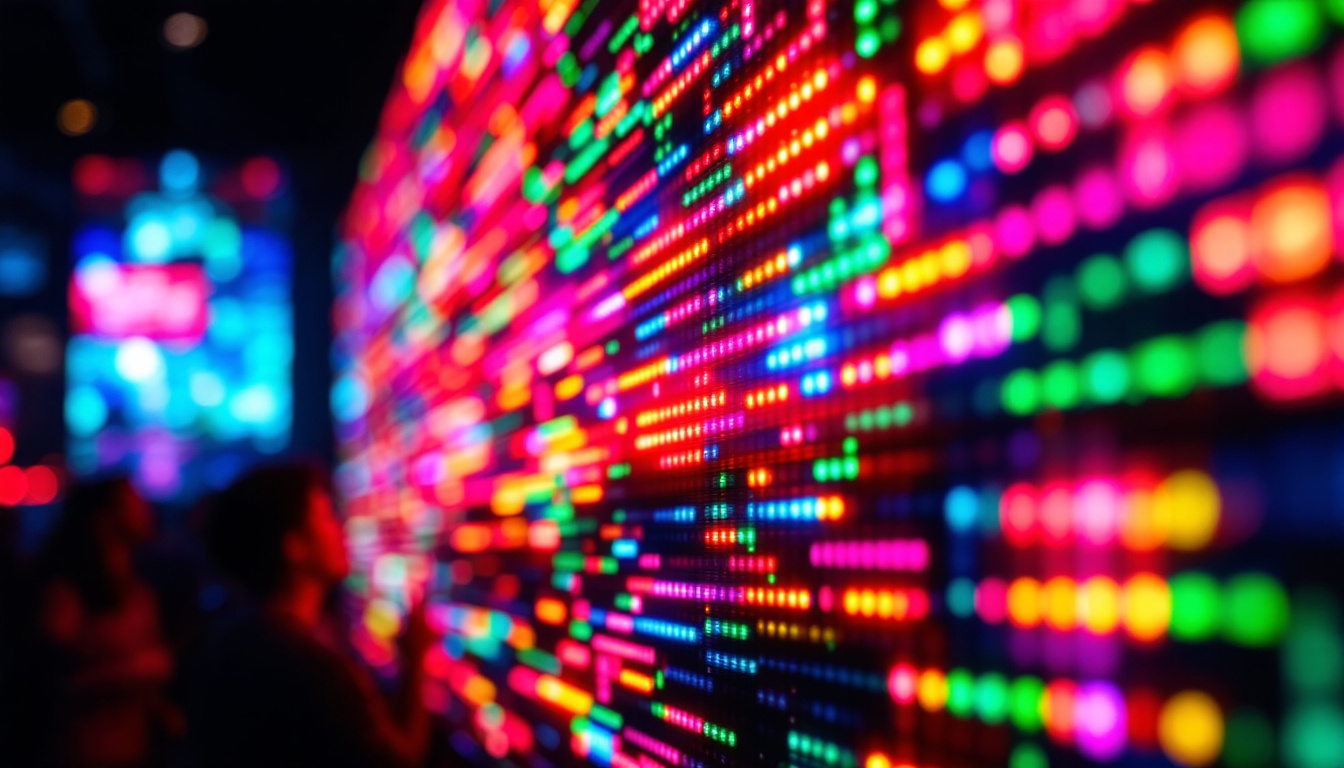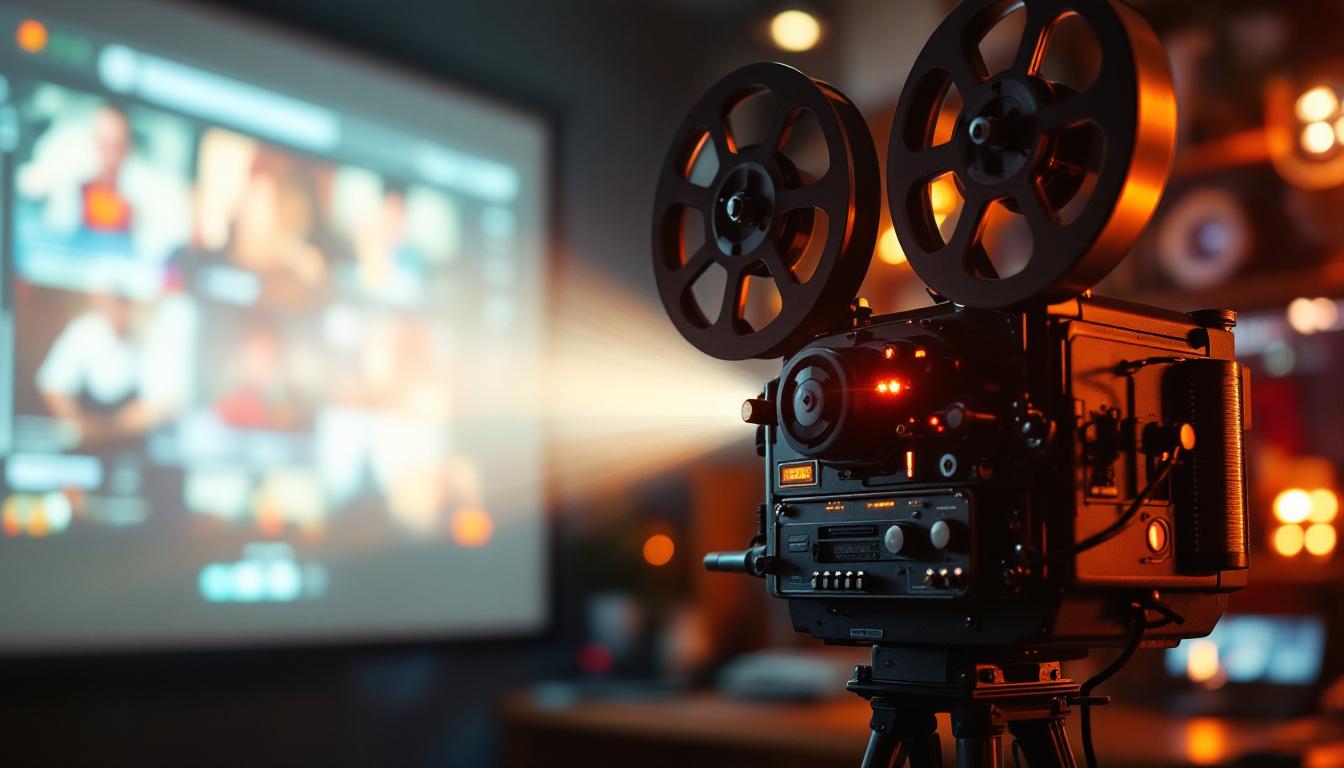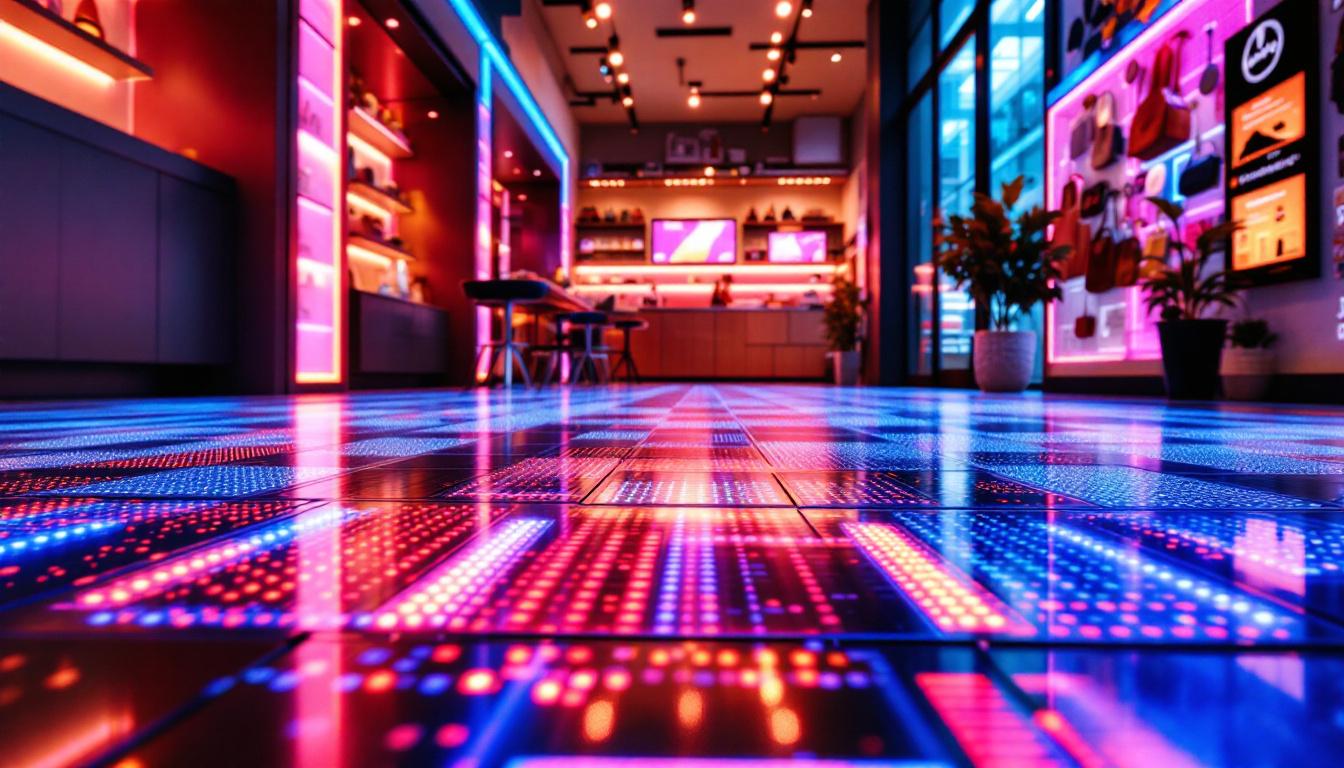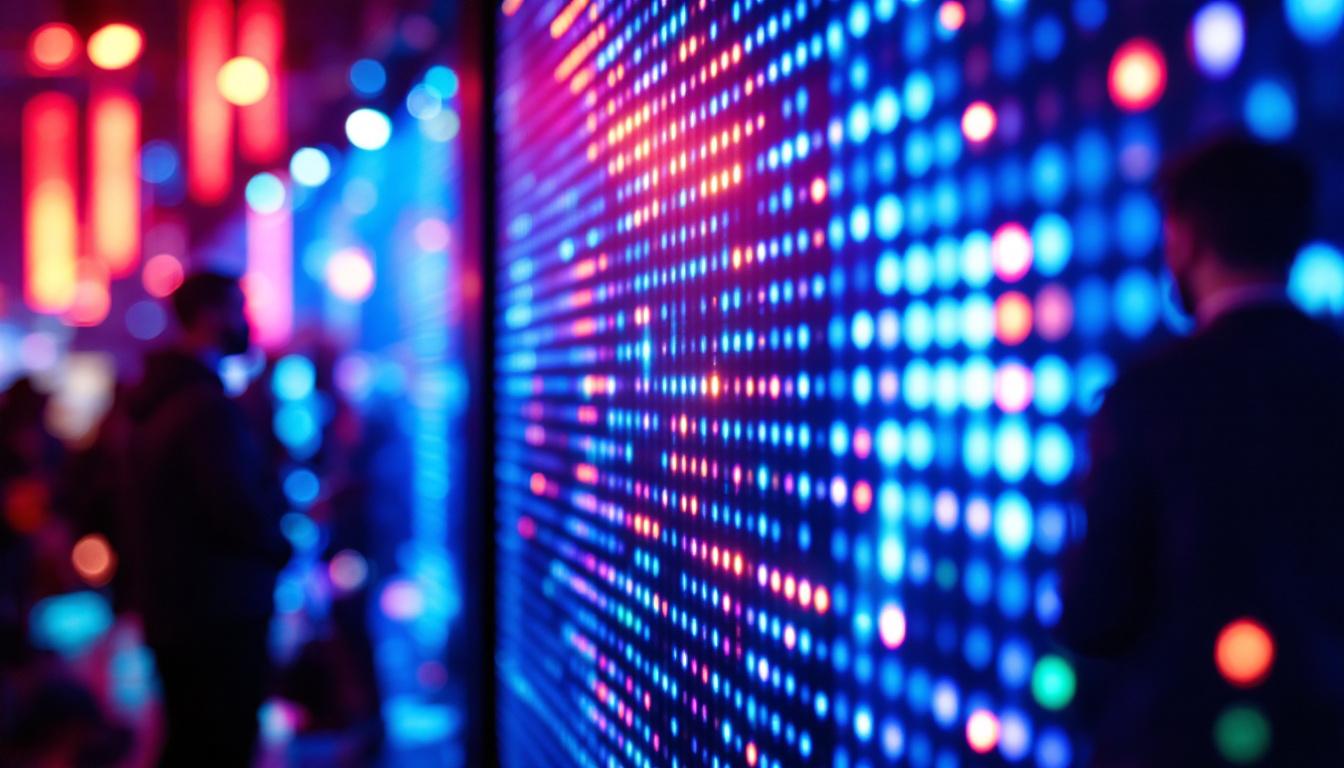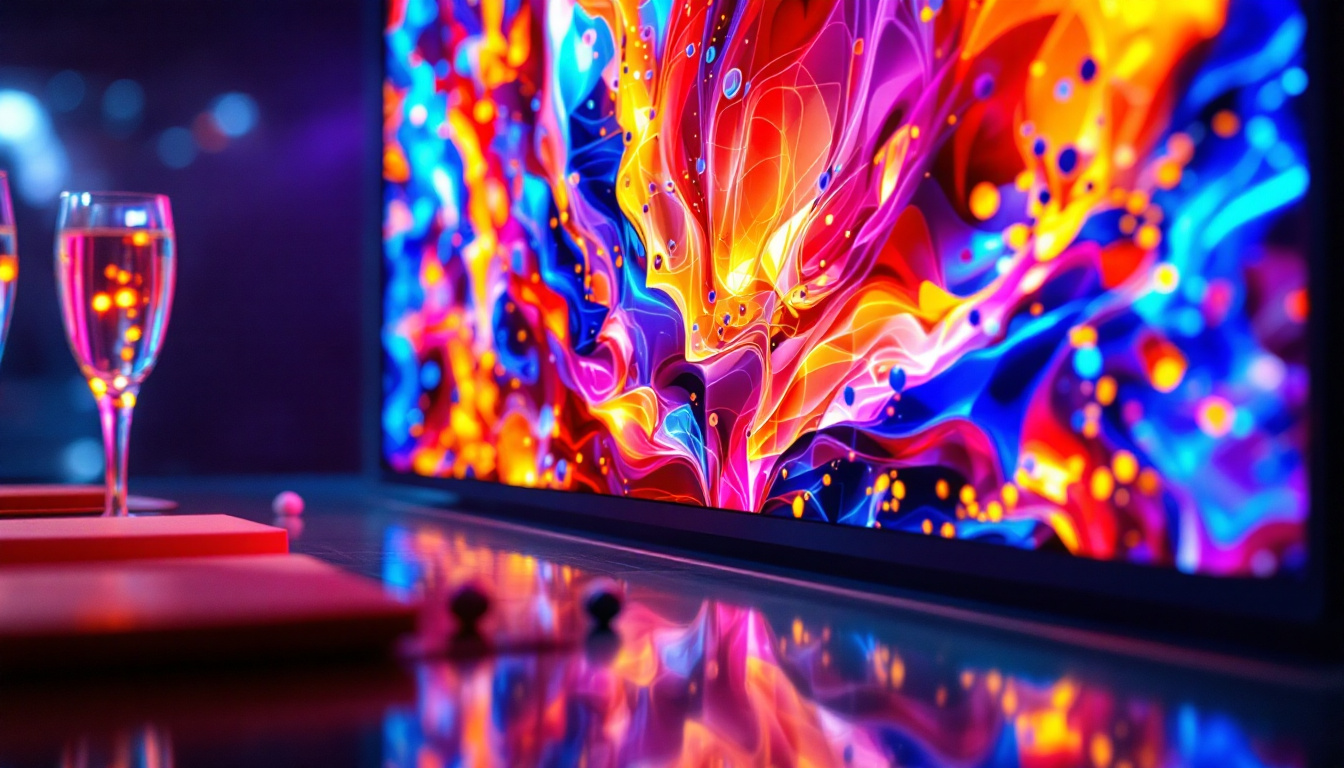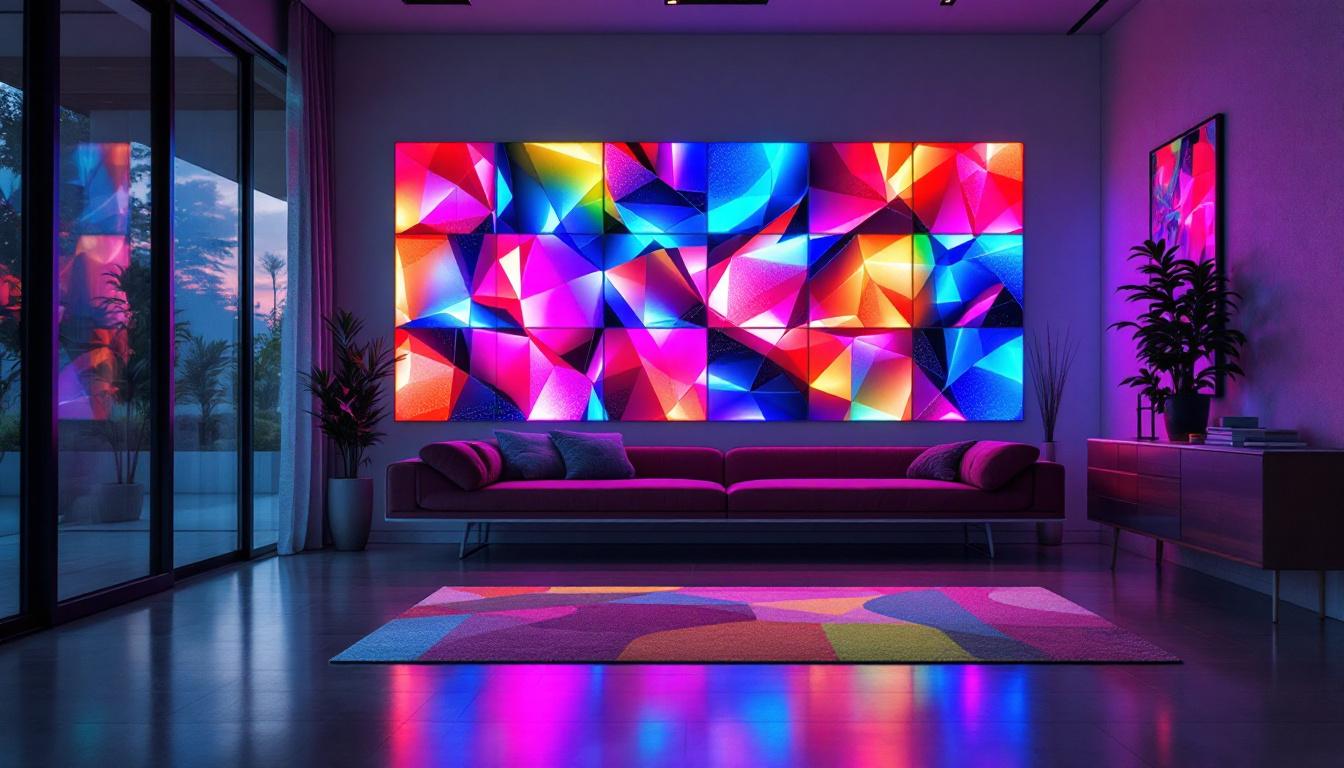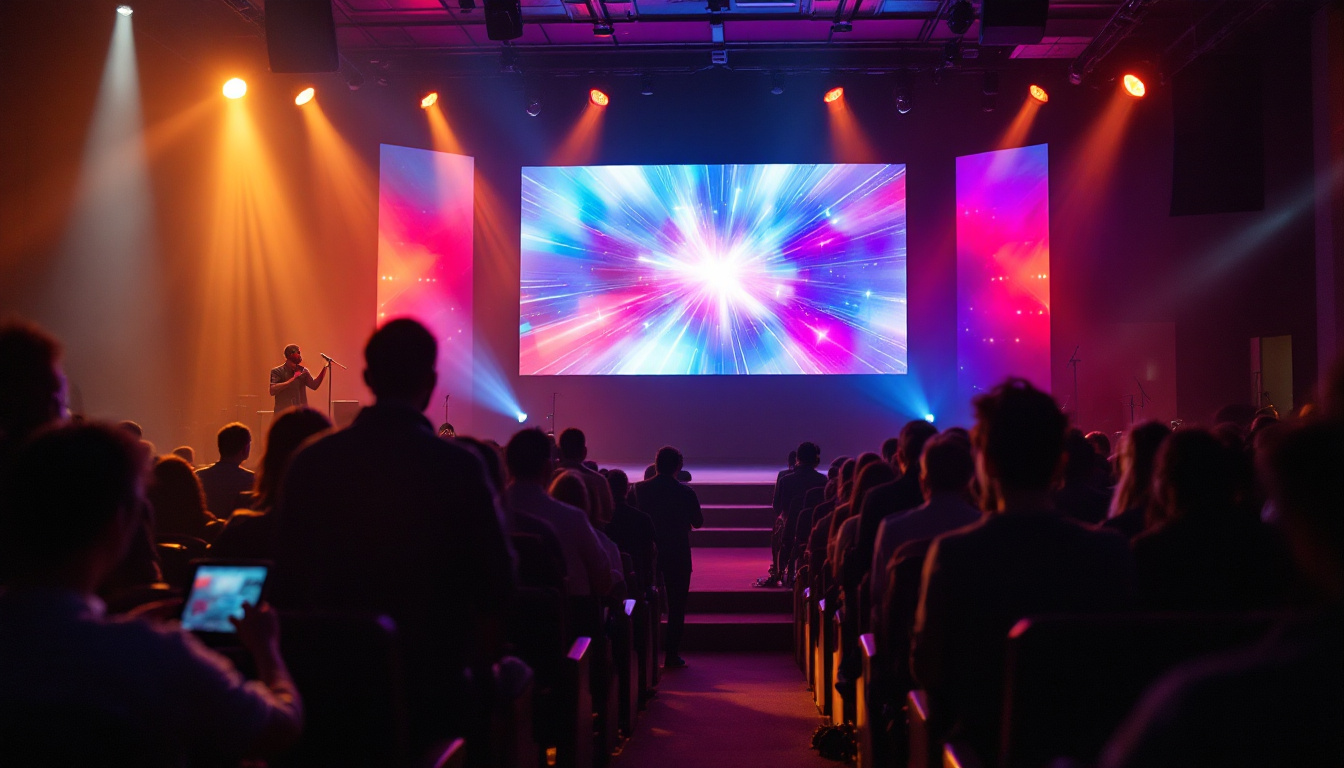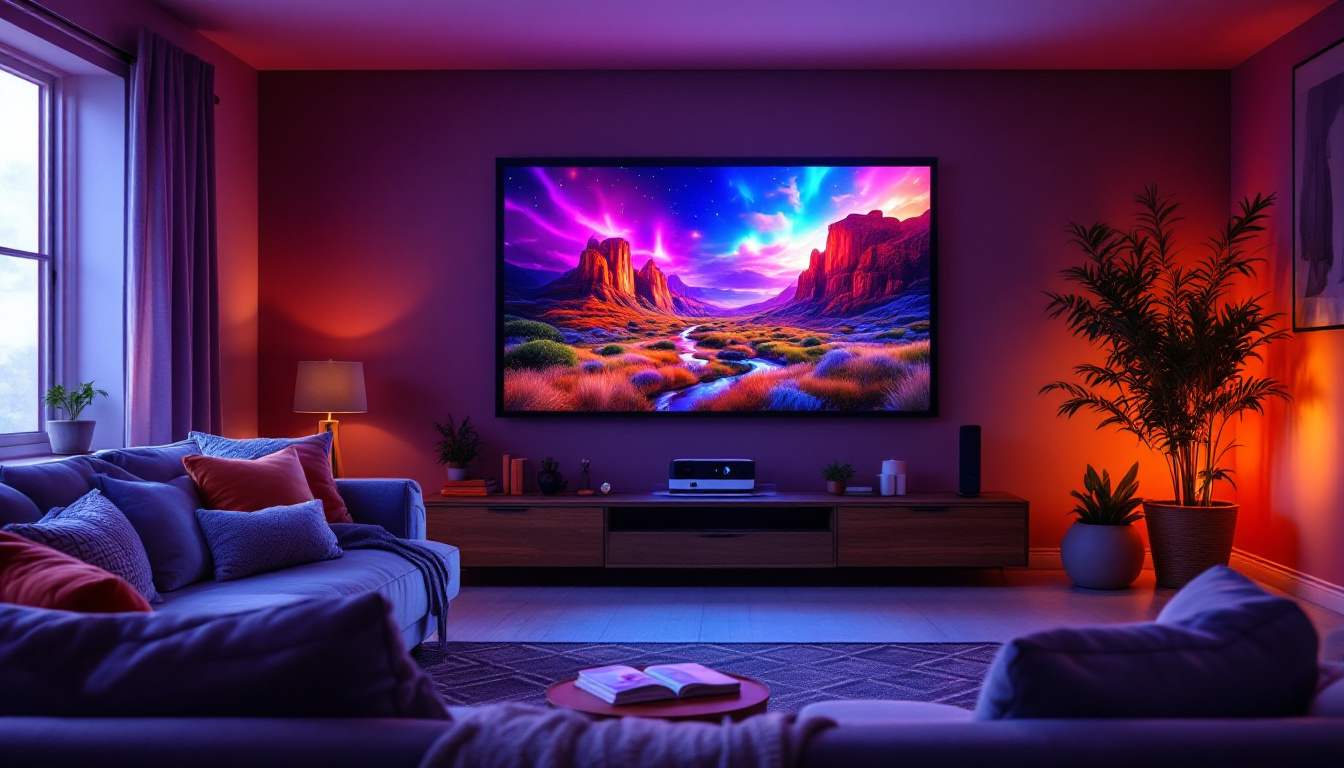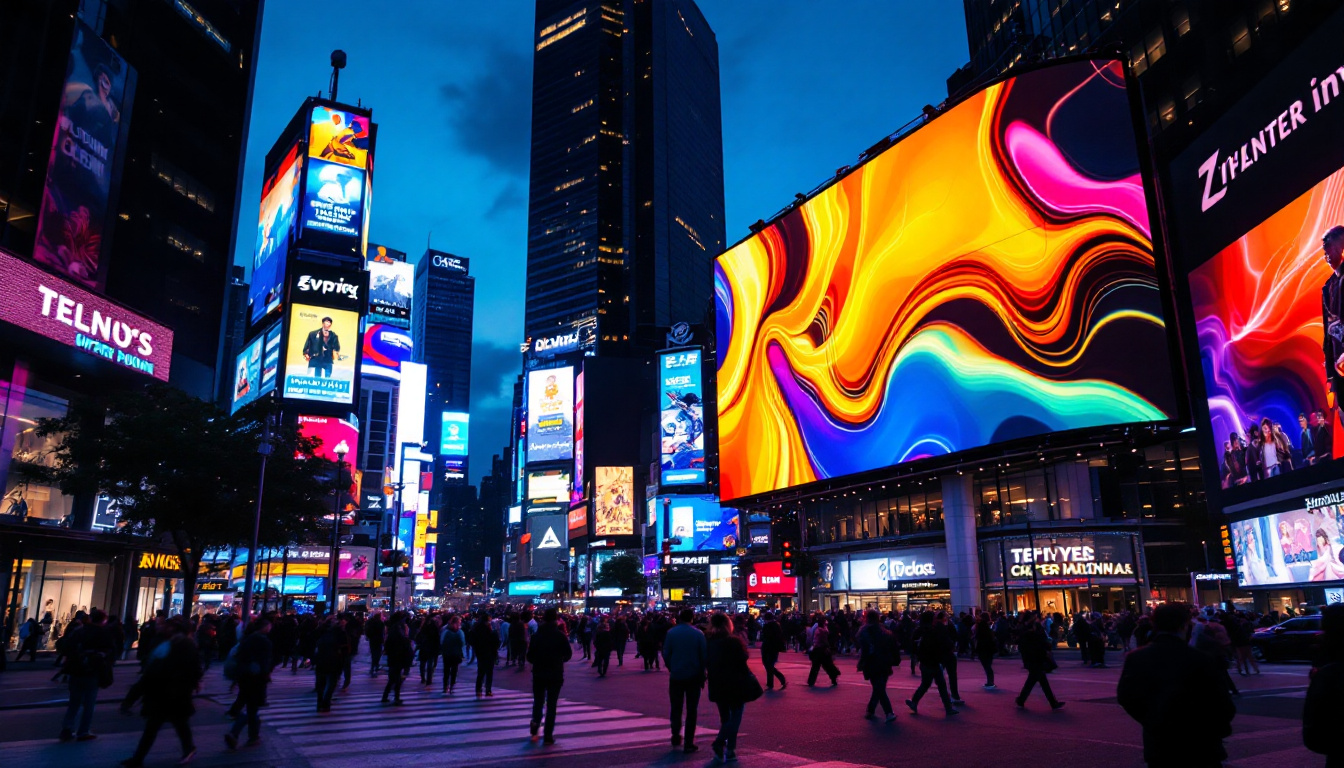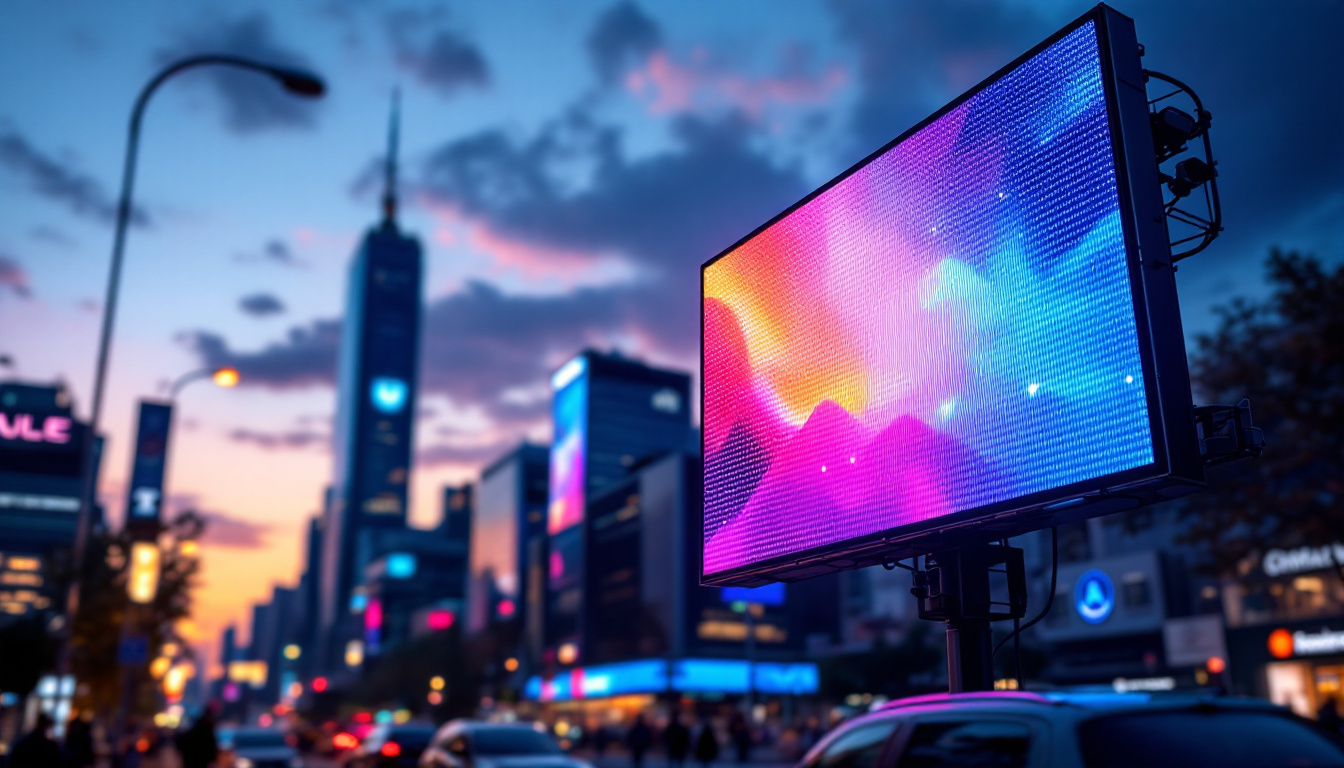In the modern digital landscape, monitoring screens play a pivotal role in various sectors, from entertainment to professional environments. Among the different types of displays available, LED (Light Emitting Diode) technology has emerged as a leading choice for many applications. This article delves into the intricacies of LED displays, exploring their functionality, advantages, and applications in diverse fields.
Understanding LED Technology
LED technology has revolutionized the way we perceive visual content. At its core, an LED display consists of numerous tiny light-emitting diodes that work together to create images and videos. The fundamental principle behind LED displays is relatively straightforward: when an electric current passes through a semiconductor material, it emits light. This phenomenon allows for bright, vibrant visuals that are both energy-efficient and long-lasting. The impact of LED technology extends beyond mere aesthetics; it has also contributed significantly to energy conservation efforts worldwide, reducing the carbon footprint associated with traditional lighting and display technologies.
How LED Displays Work
LED displays can be categorized into two main types: direct-view and backlit. Direct-view LED displays use individual diodes to form the image, while backlit displays utilize LEDs to illuminate an LCD panel. The direct-view method is particularly popular for large-scale installations, such as billboards and stadium screens, due to its superior brightness and color accuracy. The technology behind these displays has advanced significantly, allowing for thinner profiles and lighter weights, making them easier to install and transport.
In a direct-view LED display, each pixel is made up of red, green, and blue (RGB) diodes. By adjusting the intensity of each color, a wide spectrum of colors can be produced, allowing for stunning visuals. This pixel-based approach enables high-resolution images that are crisp and clear, even from a distance. Moreover, the rapid response time of LED technology ensures that dynamic content, such as videos and animations, is displayed smoothly without blurring or ghosting, enhancing the viewer’s experience.
Types of LED Displays
There are several types of LED displays, each tailored to specific applications. Common types include:
- Outdoor LED Displays: Designed to withstand harsh weather conditions, these displays are often used for advertising and public information. They feature high brightness levels and durable construction, ensuring visibility even in direct sunlight. Additionally, many outdoor displays come equipped with advanced features such as automatic brightness adjustment, which optimizes visibility based on ambient light conditions.
- Indoor LED Displays: Typically used in venues such as theaters and conference rooms, indoor displays offer lower brightness levels but higher resolution for close viewing. These displays are ideal for applications that require detailed visuals, such as presentations and live events, where clarity is paramount.
- Transparent LED Displays: These innovative displays allow for visibility through the screen while still showcasing content. They are often used in retail environments to enhance product visibility. With their ability to blend seamlessly into architectural designs, transparent LED displays are becoming increasingly popular in modern storefronts, allowing businesses to engage customers while maintaining an open and inviting atmosphere.
Another emerging type of LED display is the flexible LED screen, which can be bent and shaped to fit various surfaces. This versatility opens up new possibilities for creative installations, allowing designers to create immersive environments that were previously unattainable. From curved screens in theaters to LED walls that wrap around architectural features, flexible LED technology is pushing the boundaries of visual storytelling and design.
Advantages of LED Displays
LED displays have gained popularity due to their numerous advantages over traditional display technologies. Understanding these benefits can help organizations make informed decisions regarding their visual communication needs.
Energy Efficiency
One of the most significant advantages of LED displays is their energy efficiency. Compared to traditional LCD or plasma screens, LED displays consume significantly less power, leading to reduced operational costs. This energy efficiency not only benefits the environment but also helps organizations save on electricity bills.
Brightness and Visibility
LED displays are known for their exceptional brightness levels, making them suitable for various lighting conditions. Whether in a dimly lit conference room or under the bright sun, LED displays maintain excellent visibility. This characteristic is particularly advantageous for outdoor advertising, where competing against natural light is essential for capturing audience attention.
Longevity and Durability
LED displays boast a long lifespan, often exceeding 50,000 hours of usage. This longevity reduces the need for frequent replacements, making them a cost-effective investment in the long run. Additionally, LED technology is more resistant to shock and vibration, enhancing durability in high-traffic environments.
Applications of LED Displays
The versatility of LED displays allows them to be utilized in a wide range of applications across various industries. From advertising to entertainment, the potential uses are virtually limitless.
Advertising and Marketing
LED displays have become a staple in the advertising industry. Their ability to showcase dynamic content, such as videos and animations, makes them highly effective for capturing consumer attention. Retailers often use LED screens to promote products, announce sales, and engage customers with interactive content.
Moreover, the flexibility of LED displays allows advertisers to change content in real-time, enabling targeted marketing strategies. For instance, a store can display different promotions based on the time of day or customer demographics, maximizing the impact of their advertising efforts.
Events and Entertainment
In the realm of events and entertainment, LED displays play a crucial role in enhancing the audience experience. Concerts, festivals, and sporting events often feature large LED screens that display live feeds, graphics, and animations. This not only keeps the audience engaged but also creates a more immersive atmosphere.
Furthermore, LED technology is utilized in stage design, allowing for dynamic backdrops that can change throughout a performance. This adaptability adds a creative dimension to live shows, captivating audiences with stunning visuals.
Corporate and Educational Settings
LED displays are increasingly being adopted in corporate and educational environments. In conference rooms, they serve as effective presentation tools, displaying slides, videos, and data visualizations with clarity. The high resolution of LED displays ensures that even the smallest details are visible to all attendees.
In educational settings, LED screens facilitate interactive learning experiences. Teachers can use them to display multimedia content, engage students in discussions, and enhance overall classroom dynamics. This integration of technology fosters a more engaging and effective educational environment.
Considerations When Choosing an LED Display
Selecting the right LED display for a specific application involves several considerations. Understanding these factors can help organizations make informed decisions that align with their needs and objectives.
Resolution and Pixel Pitch
Resolution refers to the number of pixels in an image, while pixel pitch indicates the distance between individual pixels. Higher resolution and smaller pixel pitch result in clearer images, making them ideal for close viewing. For applications where viewers will be positioned far away, such as outdoor advertising, a larger pixel pitch may suffice.
It is essential to assess the viewing distance and the intended use of the display when determining the appropriate resolution and pixel pitch. This consideration ensures that the visual experience meets expectations and delivers the desired impact.
Brightness Levels
Brightness is a critical factor, especially for outdoor displays. The brightness level is measured in nits, and higher values indicate better visibility in bright conditions. When selecting an LED display, it is vital to consider the environment in which it will be used to ensure optimal performance.
Installation and Maintenance
Installation requirements can vary significantly based on the type and size of the LED display. Organizations should consider the space available, mounting options, and accessibility for maintenance. Additionally, understanding the maintenance needs of the display can help in planning for long-term use and minimizing downtime.
Future Trends in LED Display Technology
The LED display industry is continually evolving, with advancements in technology leading to exciting new possibilities. Keeping an eye on emerging trends can provide insights into the future of visual communication.
MicroLED Technology
MicroLED technology is gaining traction as a next-generation display solution. This innovation utilizes microscopic LEDs to create displays that are even more efficient and capable of producing stunning visuals. MicroLED displays offer improved brightness, color accuracy, and energy efficiency, making them a promising option for various applications.
Flexible and Curved Displays
Another trend in the LED display market is the development of flexible and curved displays. These innovative designs allow for creative installations that can adapt to different environments and aesthetics. From retail spaces to art installations, flexible LED displays open up new avenues for creativity and engagement.
Integration with AI and IoT
The integration of artificial intelligence (AI) and the Internet of Things (IoT) is transforming the way LED displays are used. Smart displays can analyze viewer behavior, adjust content in real-time, and even interact with users. This level of interactivity enhances the overall experience and allows for more personalized communication.
Conclusion
LED displays are at the forefront of modern visual communication, offering a blend of efficiency, durability, and versatility. Their applications span various industries, making them an essential tool for advertising, entertainment, education, and more. As technology continues to advance, the potential for LED displays will only expand, paving the way for innovative solutions that enhance the way information is shared and experienced.
Understanding the fundamentals of LED technology, its advantages, and its diverse applications can empower organizations to leverage this technology effectively. By considering key factors such as resolution, brightness, and installation requirements, businesses can select the right LED display to meet their unique needs and objectives. As the industry evolves, staying informed about emerging trends will ensure that organizations remain at the cutting edge of visual communication.
Discover LumenMatrix LED Display Solutions
Ready to elevate your visual communication with the latest in LED display technology? Look no further than LumenMatrix. Our comprehensive range of products, from Indoor and Outdoor LED Wall Displays to innovative LED Transparent Displays, is designed to captivate your audience and amplify your message. Whether you’re looking to enhance brand visibility, create dynamic visual experiences, or revolutionize your digital signage, LumenMatrix has the solution. Check out LumenMatrix LED Display Solutions today and see how we can transform your space with unparalleled clarity and impact.

